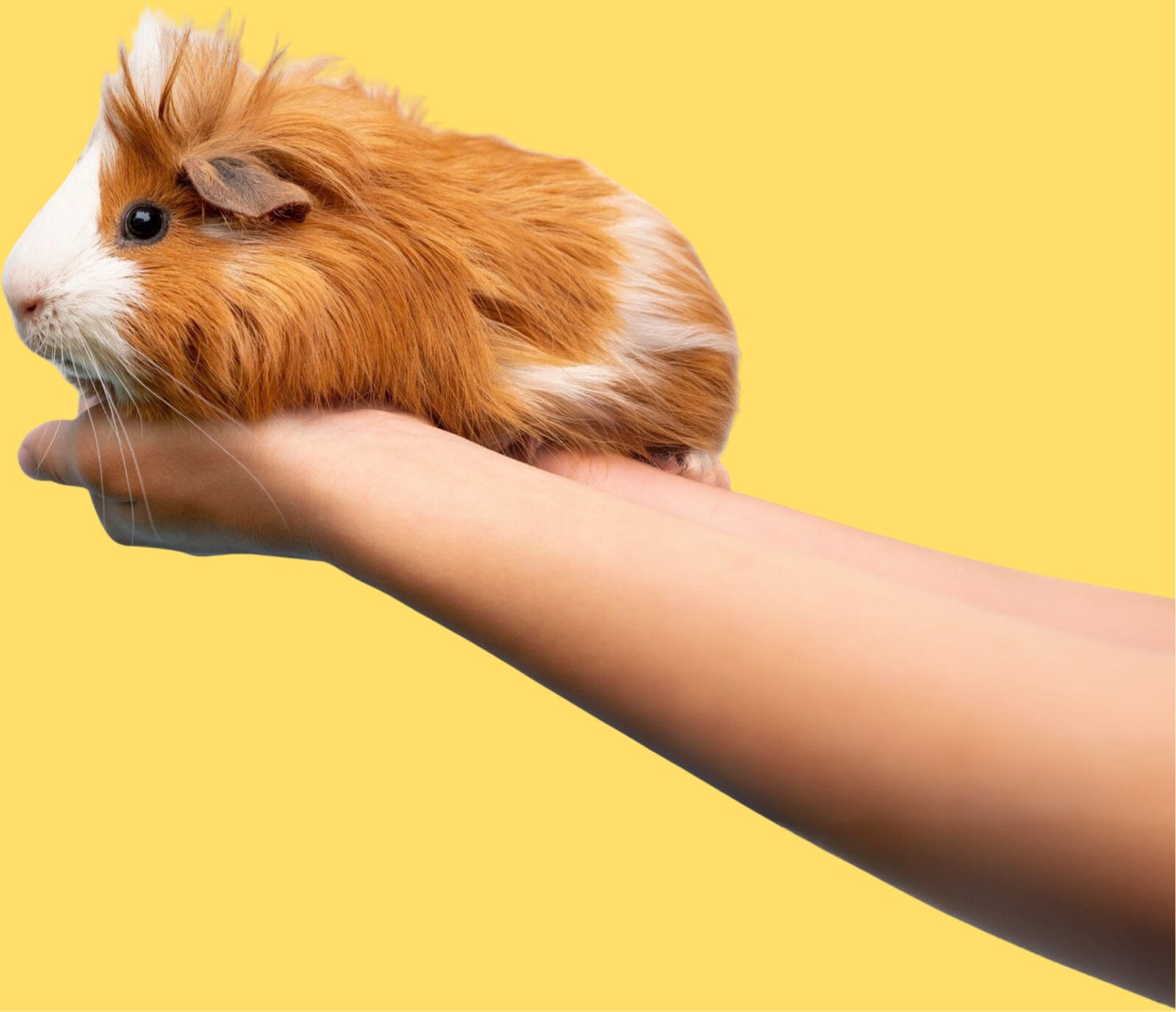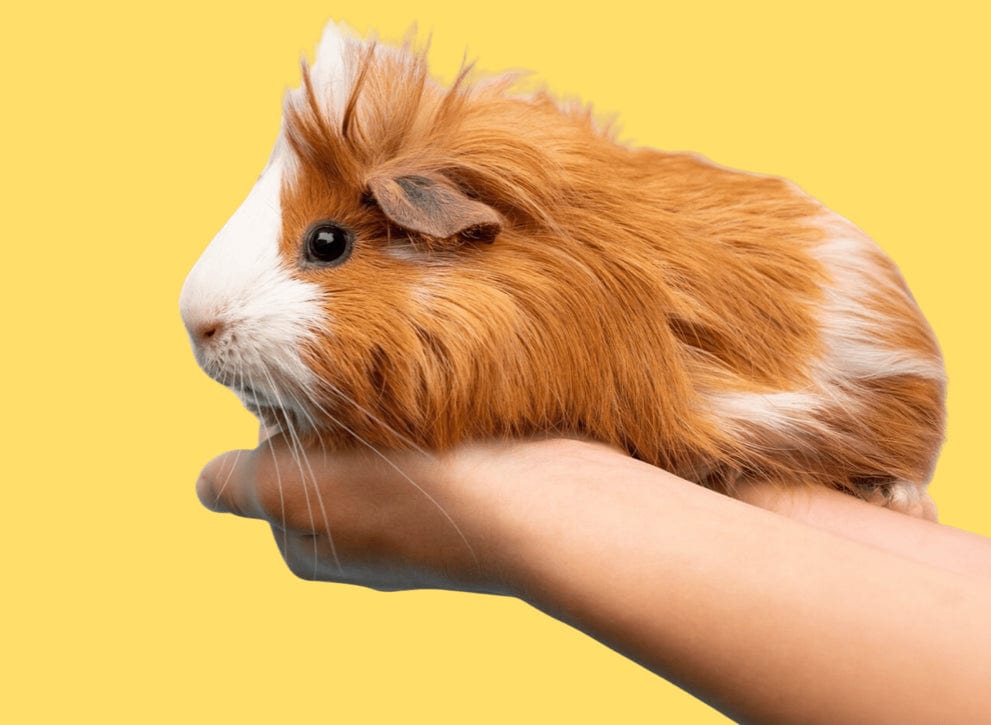TIP ON NEW FOODS:
Any new food you add to a guinea pig’s diet should be introduced gradually. Guinea pigs can react differently to certain foods so you want to make sure the new food is agreeing with their digestive system. You also want to go easy on their digestive system with very small pieces as they aren’t used to digesting the new food.
TIP ON CALCIUM AND OXALATES:
Too much calcium and oxalates can contribute to bladder and kidney stones in guinea pigs. Choosing low-calcium hay is essential to maintaining your guinea pig’s health.
It’s also important to rotate the fresh vegetables that you provide for your cavy. Variety helps make sure they aren’t getting too much of any one vitamin or mineral. For example, parsley, kale, and thyme are higher in calcium than some of the other vegetables for guinea pigs so they shouldn’t be on the menu every day.
TIP ON BALANCED DIET
Guinea pigs require a diet that is high in fiber, low in sugar, and rich in vitamin C. Offer them a variety of fresh vegetables, such as kale, bell peppers, and romaine lettuce, along with a high-quality guinea pig pellet formulated specifically for their nutritional needs.
TIP ON CLEAN & FRESH WATER
Clean and fresh water: Provide clean, fresh water to your guinea pigs at all times. Use a water bottle with a sipper tube to ensure they have a steady supply of water. Regularly check and refill the water bottle to prevent it from running dry.
TIP ON VETERINARY:
If you have concerns about your guinea pig's diet or specific dietary needs, consult with a veterinarian who has experience with small animals. They can provide personalized guidance and recommend any necessary adjustments.




